IWSR Report: U.S. Alcohol Market Set to Regain Footing After ‘Reset Year’
VinePair
JUNE 26, 2024
Although last year’s domestic alcohol sales were pretty grim, most are referring to 2023 as a reset year for the U.S. alcohol industry. Consequently, this marks the first year in nearly 30 years that the industry saw a slip in spirits, beer, and wine sales. division at IWSR Marten Lodewijks. division at IWSR Marten Lodewijks.

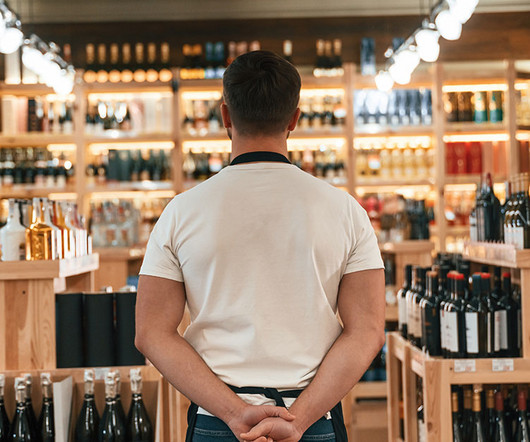
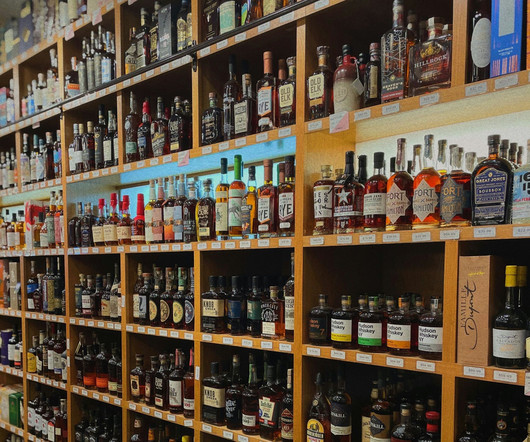
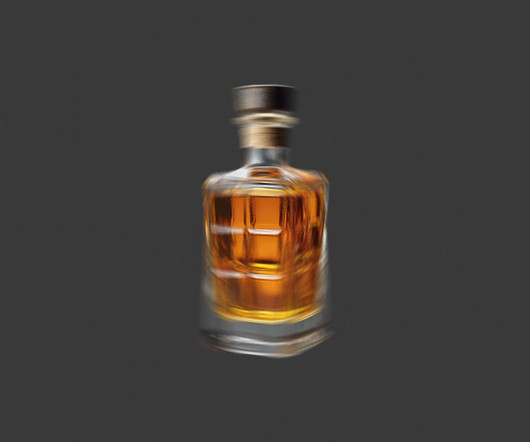
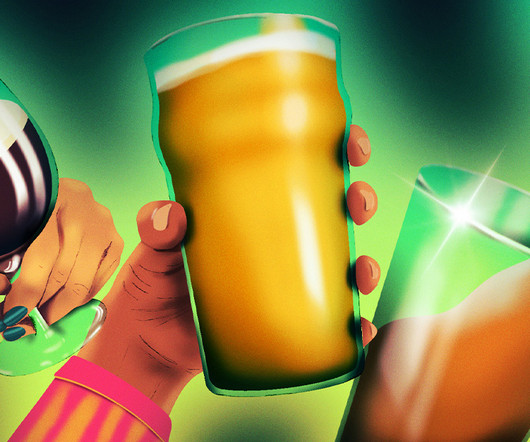
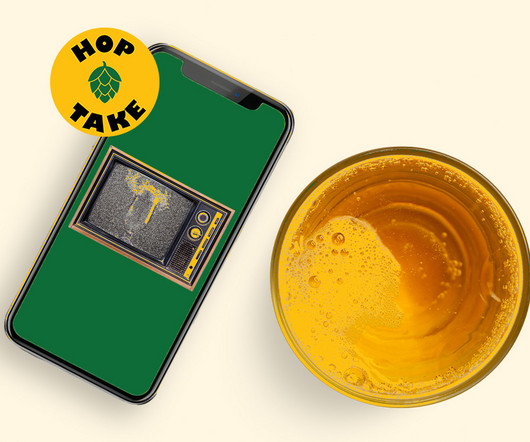
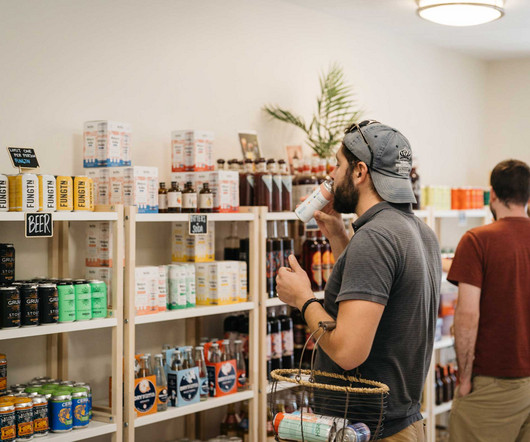






Let's personalize your content